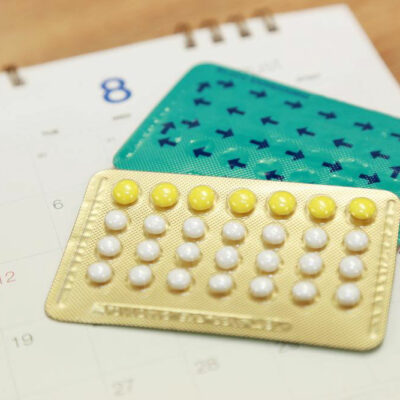
Brain Disorders
Brain tumor and its early signs and diagnosis
When the cells in the brain start multiplying abnormally and rigorously, they form a mass that is medically addressed as a tumor. A tumor in the brain can lead to cancer and can, therefore, be fatal. However, a benign tumor does not become cancerous and can be treated. There are around 130 different types of brain tumors that have been named after the type of cell they developed from or the area in the brain they grew in. Some common types of brain tumors are mentioned below: Acoustic neuroma Brain metastases Choroid plexus carcinoma Embryonal tumors Ependymoma Glioma Meningioma Pediatric brain tumors Pituitary tumors The symptoms of a brain tumor often depend on its location. This means that if the location of the tumor is close to the part of the brain that controls the eyes, a symptom will be a blurry vision. Therefore, the scope of the signs and symptoms of brain tumor can be vast. However, there are still some signs and symptoms that are common in maximum cases of brain tumor that can help one identify it in its early stages: Seizure : Seizures as signs are often independent of the location or the size of a tumor.
Read More 















